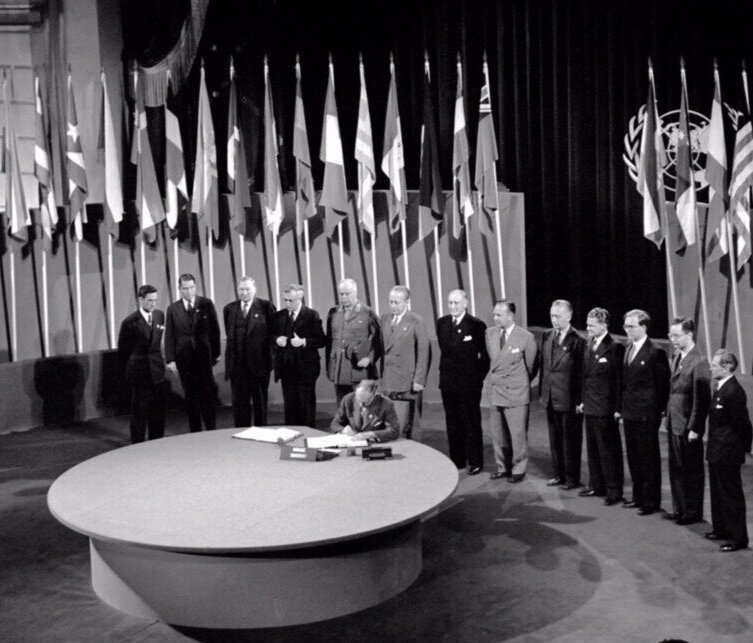1945
The United Nations is established
1968
Comprehensive Resolution on- “Arrangements for Consultations with non-governmental organisations”
1992- Rio Earth Summit
The first United Nations Conference on Environment and Development in 1992,“The Earth Summit”, recognized that achieving sustainable development would require the active participation of all sectors of society and all types of people. Agenda 21 established the Commission on Sustainable Development formalised nine sectors, including rightsholder groups of society as the main channels through which broad participation would be facilitated in UN activities related to sustainable development. These were the nine Major Groups (women, children and youth, indigenous peoples, farmers, business and industry, labour and trade unions, science and technology, local authorities, NGOs)
“The creativity, ideals and courage of the youth of the world should be mobilized to forge a global partnership in order to achieve sustainable development.”
— Principle 21 of the Rio Declaration 1992
1993, 1995 and 1996
1993 and 1995- Additional Reviews on Modalities for NGOs and resolution on consultative relationship between the United Nations and non-governmental organisations
2012- The Rio+20 Earth Summit
20 years the first Rio Earth Summit, heads of state and governments met again to renew their commitment to sustainable development. Among the many outcomes, here they established the High Level Political Forum, made sustainable development a system wide issue and agreed to create the SDGs. The UN also agreed to expand the nine Major Groups to Major Groups and other Stakeholders (MGoS- the original nine plus older persons, persons with disabilities, migrants, grassroots/local ground, foundations, and philanthropies).
2015- The 2030 Agenda
The member states of the UN agree to four major global frameworks- the 1) Sendai Framework for Disaster Risk Reduction, 2) the Addis Ababa Action Agenda for Financing for Development, 3) the 2030 Agenda and SDGs, 4) The Paris Agreement (Climate Change), and continued to enhance the work and mandate of UN MGCY, including new reporting requirements.
Present
The MGCY continues to engage in several intergovernmental and multistakeholder processes across the the UN through mandates received from various general assembly resolutions and/or bilateral agreements and/or terms of reference its specific entities.








